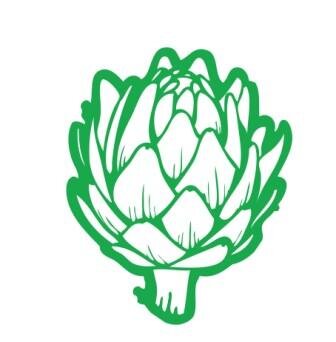Autumn Olive (Eleganus umbellata)




Autumn Olive (Eleganus umbellata)
Winter hardy perennial can produce an abundant crop of edible fruits. Speckled, thorny stems, leathery leaves, and fragrant white-yellow flowers. Fruits may be eaten fresh, dried, or cooked, and are great for wildlife forage.
Amber (TM) - Amber autumn olive yields a September abundance of golden yellow berries. The fruits are sweet, astringent, and soft-seeded (a colorful addition to fall fruit salads or green garden salads). Not perturbed by pests or damaged by disease. Self-fertile.
Ruby (TM) - It’s fruit is larger and sweeter. The showy berries are a bright dark red and are good for fresh eating, pies, and jams.
NOTE: Autumn Olive is considered invasive in most of the central/eastern US.
Sun: Does best in full sun to partial shade, and creates dense foliage.
Soil: Autumn olive thrives in a variety of soil and moisture conditions. Because autumn olive is capable of fixing nitrogen in its roots, it can grow on bare mineral substrates.
Water: Can tolerate drought and maritime exposure.
Zone: 4 to 9
Height: 3/4 to 1 1/2 feet.
Potential Pests: Animals are not known to feed on it and few insects seem to utilize or bother it. Canker disease is occasionally a problem.









